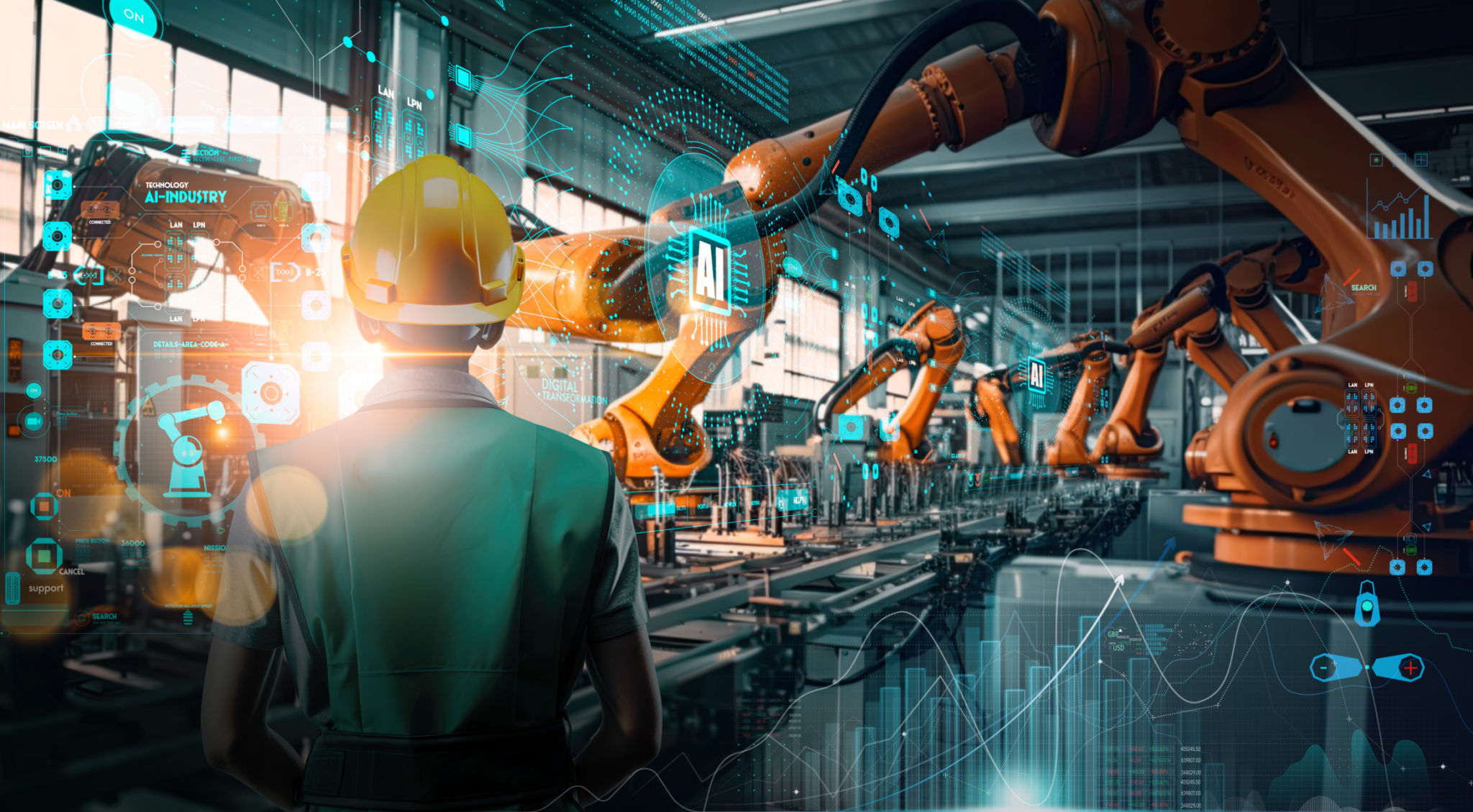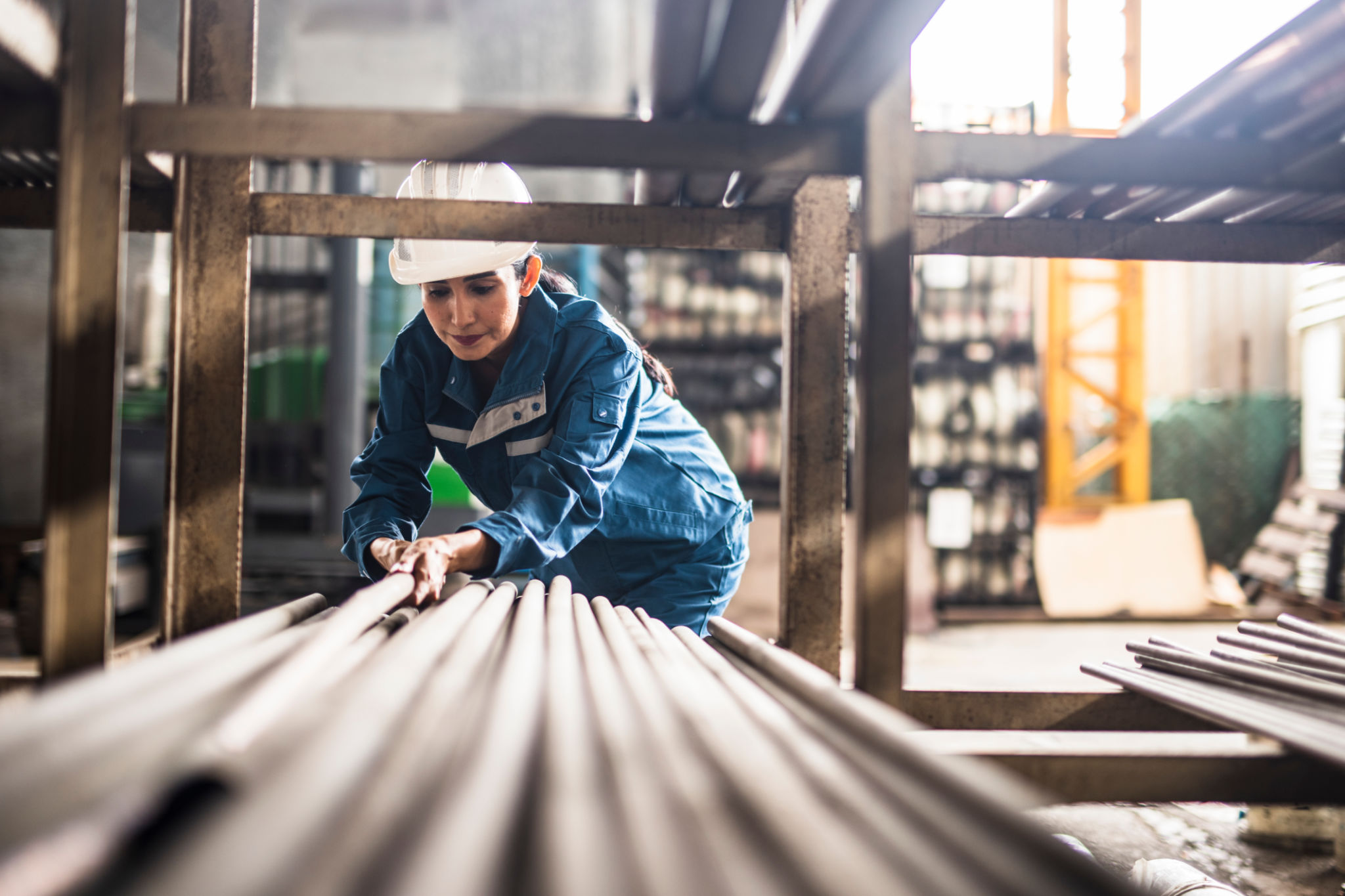Why AI-Powered Robotic Systems are Essential for Modern Manufacturing
The Revolution of AI in Manufacturing
In today's fast-paced industrial landscape, the integration of AI-powered robotic systems is not just beneficial but essential for modern manufacturing. These systems are transforming the way we approach production, offering enhanced efficiency, precision, and adaptability. As businesses strive to meet the high demands of the market, embracing this technology is becoming a competitive necessity.

Enhancing Efficiency and Precision
One of the primary benefits of AI-powered robotic systems is their ability to significantly enhance efficiency and precision in manufacturing processes. Traditional methods often come with limitations in speed and accuracy, but AI-driven robots can perform tasks with unparalleled consistency. This leads to higher quality outputs and a reduction in waste, which is crucial for industries looking to optimize resources.
Robotic systems equipped with AI can also work around the clock without fatigue, which means production lines can operate continuously, boosting overall productivity. This capability is particularly important in industries where meeting tight deadlines is crucial.
Adaptability to Changing Demands
Another critical advantage of AI-powered robotic systems is their adaptability. Modern manufacturing environments are dynamic, with frequent changes in product designs and customer demands. AI systems can be reprogrammed and retooled quickly to accommodate these changes, allowing manufacturers to remain agile and responsive to market trends.

Moreover, AI systems can analyze vast amounts of data to predict trends and optimize production processes. This predictive capability enables manufacturers to anticipate demand fluctuations and adjust their operations accordingly, resulting in better resource management and planning.
Improving Workplace Safety
AI-powered robots also play a vital role in improving workplace safety. By handling dangerous or repetitive tasks, these systems reduce the risk of injury to human workers. This not only protects employees but also minimizes downtime caused by accidents, which can be costly for manufacturers.
For instance, robots can manage hazardous materials or operate heavy machinery with precision, ensuring that human workers are kept out of harm's way. This shift allows companies to focus on creating safer working environments while maintaining high levels of productivity.

Cost-Effectiveness and Long-Term Savings
While the initial investment in AI-powered robotic systems may seem substantial, the long-term savings are significant. By reducing errors, minimizing waste, and enhancing productivity, these systems offer a high return on investment. Additionally, they help lower labor costs by automating routine tasks that would otherwise require human intervention.
Furthermore, maintenance costs for robotic systems are often lower than those associated with human labor, as robots require fewer breaks and can perform consistently over time without degradation in performance.
The Future of Manufacturing
The integration of AI-powered robotic systems is not just a trend; it's a pivotal shift in how manufacturing will be conducted in the future. As technology continues to evolve, these systems will become even more sophisticated, offering new possibilities for innovation and efficiency.
Manufacturers who invest in AI technology today position themselves at the forefront of this transformation, ready to capitalize on emerging opportunities and overcome future challenges. Embracing AI in manufacturing is no longer an option but a requirement for those aiming to lead in a competitive global market.
